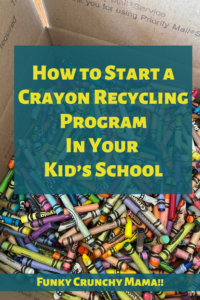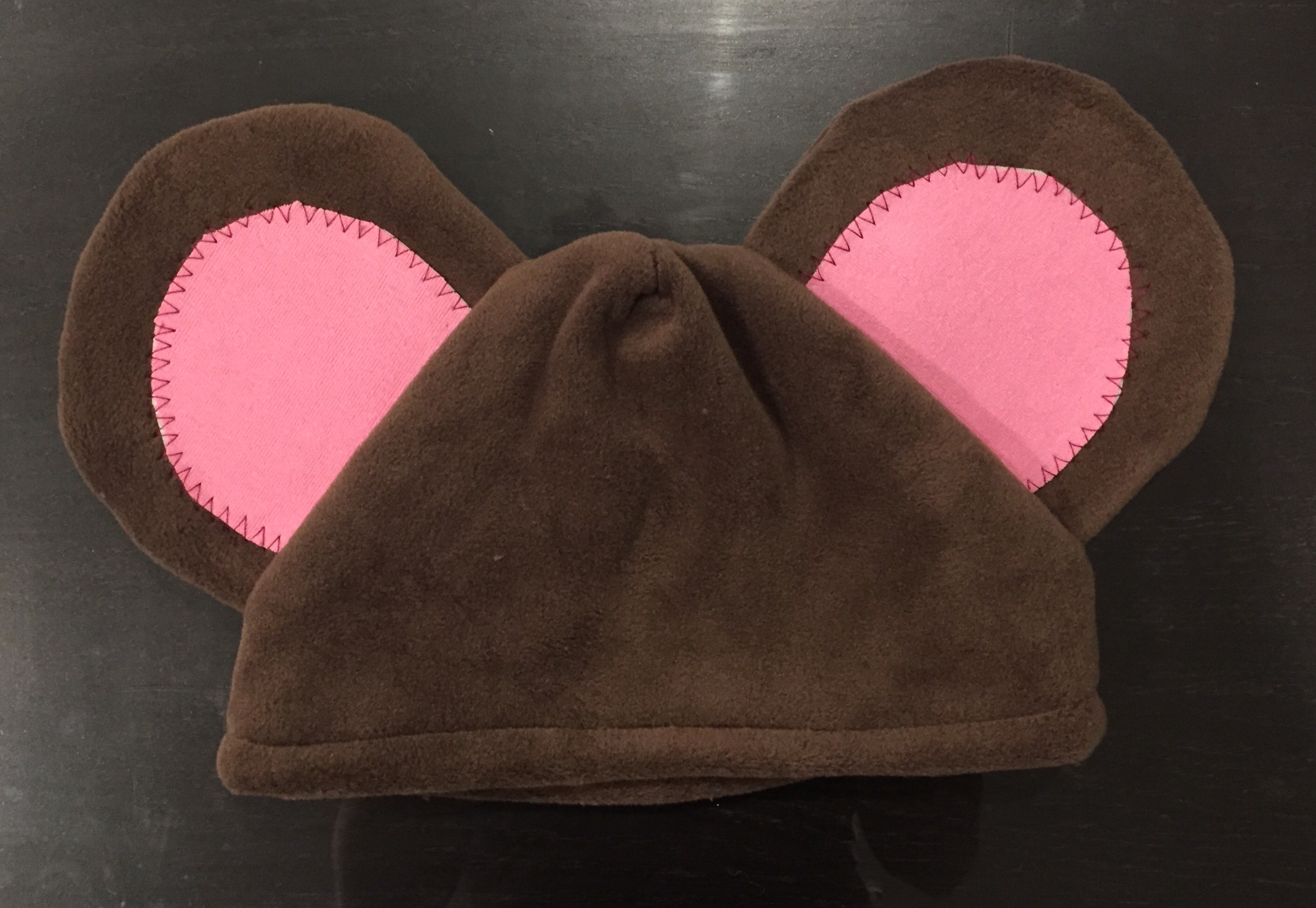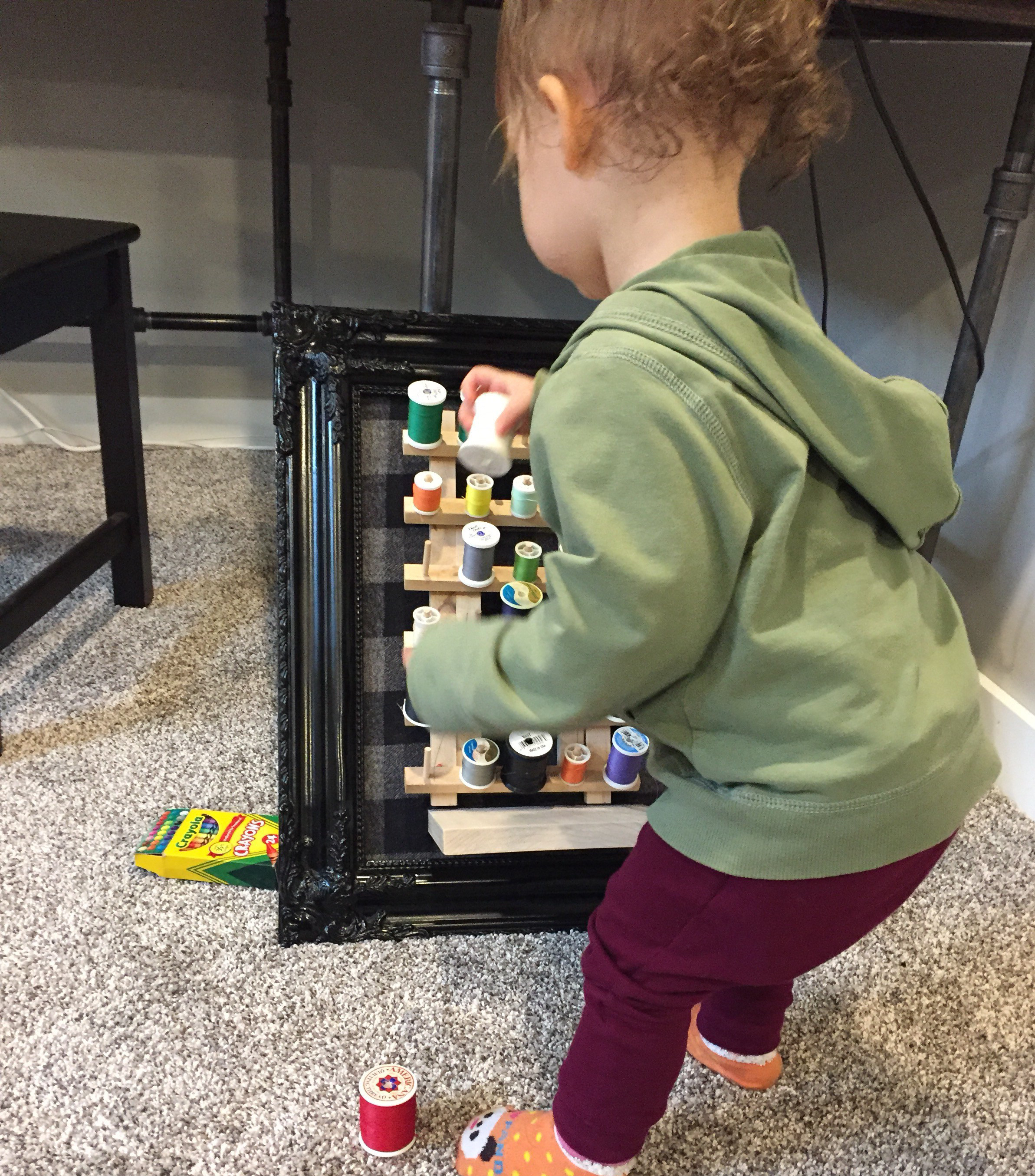Back to school is all about looking forward to the future. Not only to the upcoming school year, but into the distant future, as well. It’s important to think about how the year’s lessons will shape the people our children will grow into and to think about how this year’s lessons will develop who they become. That’s what I love about incorporating crayon recycling into the curriculum.
This past year, after scouring the internet and reviewing the countless ways to reuse crayons, I realized that the couple hundred crayons I was planning to reuse was only the tip of the iceberg.

This post contains affiliate links.
I checked to see if crayons were compostable and learned that they are made of paraffin, an oil based wax. So no, they are not.
I knew that Crayola had offered a marker recycling program (it was eliminated during COVID), so checked to see if they also, perhaps, offered crayon recycling. They do not. However, an amazing, Arizona-based company called Crazy Crayons does!
You can recycle crayons?!
Yes! You can absolutely recycle crayons. You can do it on a smaller scale at home or through an organization like Crazy Crayons.
Making crayon recycling part of the curriculum
Crayon recycling is a really easy thing to do and it teaches a lot of great lessons.
Find a sponsor
Recycling crayons through programs like Crazy Crayons’ is awesome, but it still has expenses. Shipping crayons can be relatively affordable with the use of flat-rate boxes, but it adds up! So why not seek out a sponsor?
Finding a sponsor should be relatively simple. The shipping expense isn’t large and companies with green initiatives are popping up everywhere!
Look at asking:
- Your local co-op
- Solar providers
- Garbage/recycling/composting services
- Community banks/financial institutions
The other perk of getting local businesses involved ? Your crayon recycling efforts will receive extra publicity and help spread the word! Every kid loves publicity and showing off what they’re working on. (What 7 year old doesn’t want to be famous?) This is a great opportunity to get them excited about green efforts.
If you’re unable to find a sponsor, ask parents to donate a dollar or two to the cause. We collected three large, flat-rate shipping boxes of full of crayons (37 lbs.!). Shipping totaled less than $70. Between three first grade classrooms, this would be less than $1 each.
Decorate a box
Kids always think things are more fun if there’s a character involved!
- Make the box a monster that says “feed me broken crayons!”
- Draw a recycling symbol.
- Let them color squares with their depiction of Earth or favorite animal.
Use your imagination and encourage them use theirs! Collect ideas from the kids and have a vote or get them involved in another way.
Curriculum ideas
Adding crayon recycling to your curriculum can be very simple. Include it in science lessons on melting points or recycling, lessons on climate change or in social studies on how the past affects the future.
Some relevant books that we found include
Bixley Baines and the Recycled Crayons by Pat Kittelsen
This book was written specifically for this initiative. I purchased my copy directly from the author and she included a few extra images for the kids to color. (So nice!)
Oil by Jonah Winter
This book is about the Exxon-Valdez oil spill. It discusses the damages it caused and the effects we’re still suffering from years later. It also ties in with how it specifically affected the livelihood of native cultures in the surrounding regions. Note: there is a fair amount to death mentioned in this book, so please be aware of your audience’s sensitivities of this topic.
Black Beach: A Community, an Oil Spill, and the Origin of Earth Day by Shaunna & John Stith
A school aged girl is compelled to act when she sees the effects of the Santa Barbara oil spill on her favorite place — the local beach. Her actions spark change and supportive politicians establish Earth Day. In addition to teaching about the dangers of fossil fuels, this book’s main character is sure to let kids know that they have the power to make change!
The Earth Book by Todd Parr
Todd Parr books are fantastic no matter your age, but they’re especially great if you’re trying to teach a lesson to a young audience. Depending on the age of your audience, this may be the perfect book to help explain this project’s importance.
Get others involved
This project can reach a greater audience than just your classroom! In order to help the organization with their cause, you can sort the crayons by color prior to shipping. This is not required, but appreciated.
If this task seems too large to have your class take on but you’d still like to do it, consider outsourcing to an organization. Clubs like Girl Scouts or Boy Scouts may be just as interested in participating in a project like this!

How else can I help with crayon recycling?
If you’re interested in helping Crazy Crayons and the National Crayon Recycling Program, provide a donation or check out their store! Not only do they sell recycled crayons, but they sell the old crayon wrap papers as fire starter. As someone with a woodstove, I love this idea. I’m sure they work fabulously!
Conclusion
Crayon recycling is a great initiative and can make an awesome addition to your classroom. It demonstrates the importance of environmental responsibility and how even little crayons (and little kids!) can have a big impact.
If you homeschool or would like to recycle your own crayons, here’s a quick video of me and my kiddo making some dinos. 🙂
Have you ever recycled your own crayons or reused them in another way? I’d love to hear about it in the comments below. 🙂
— Melissa, Funky Crunchy Mama








